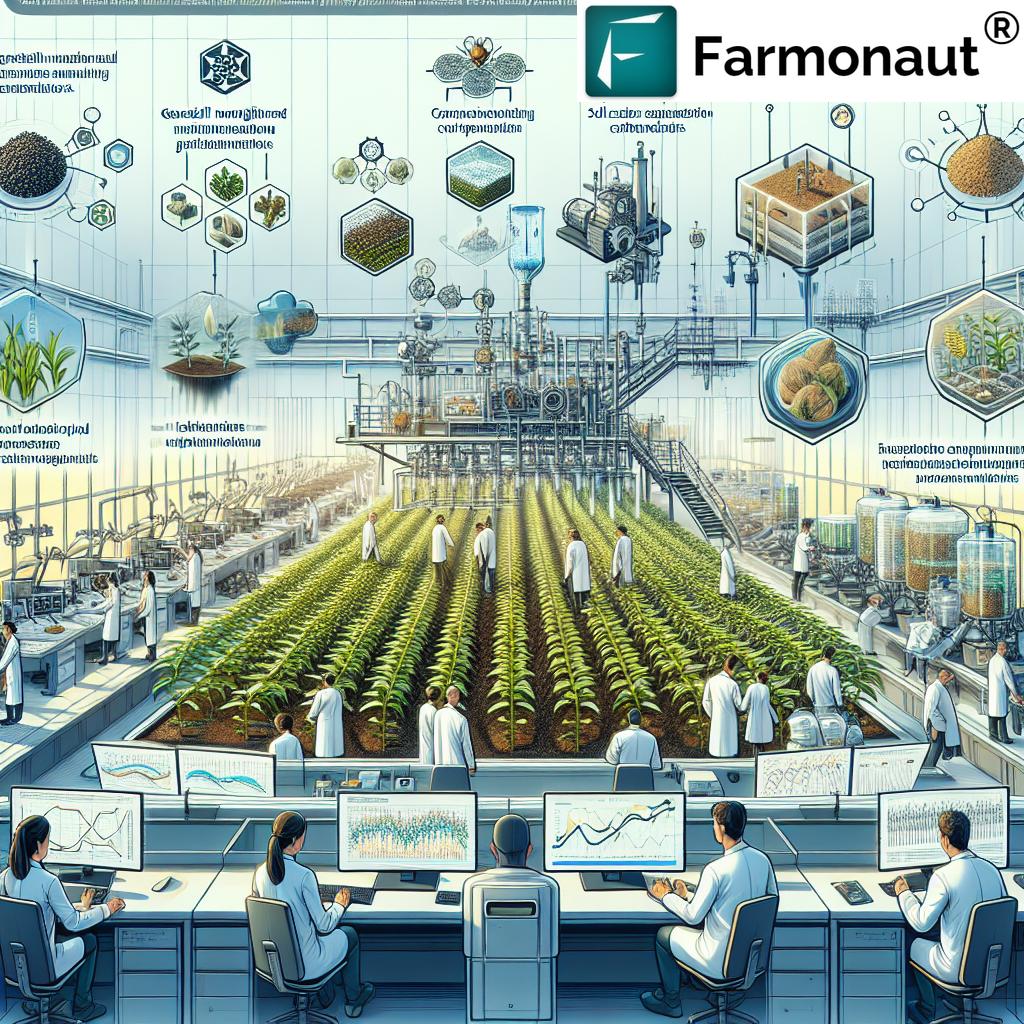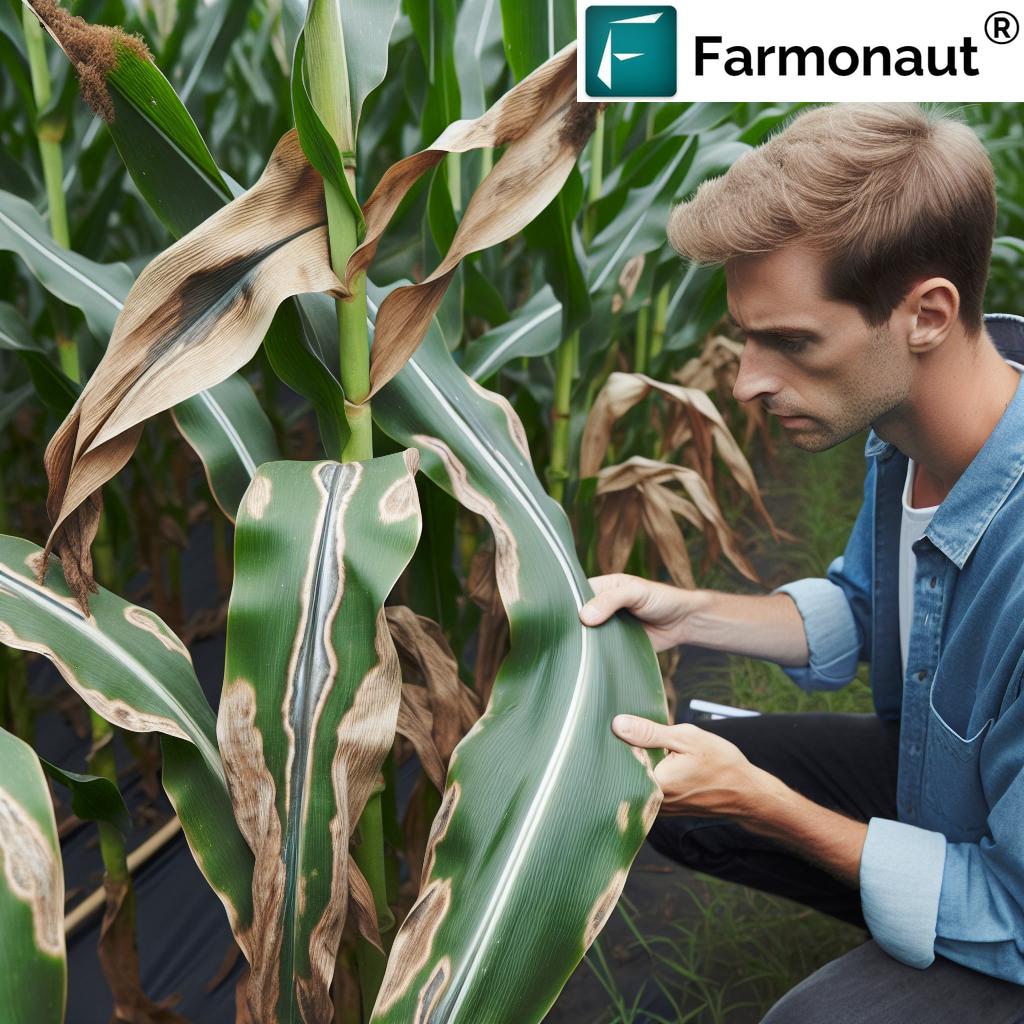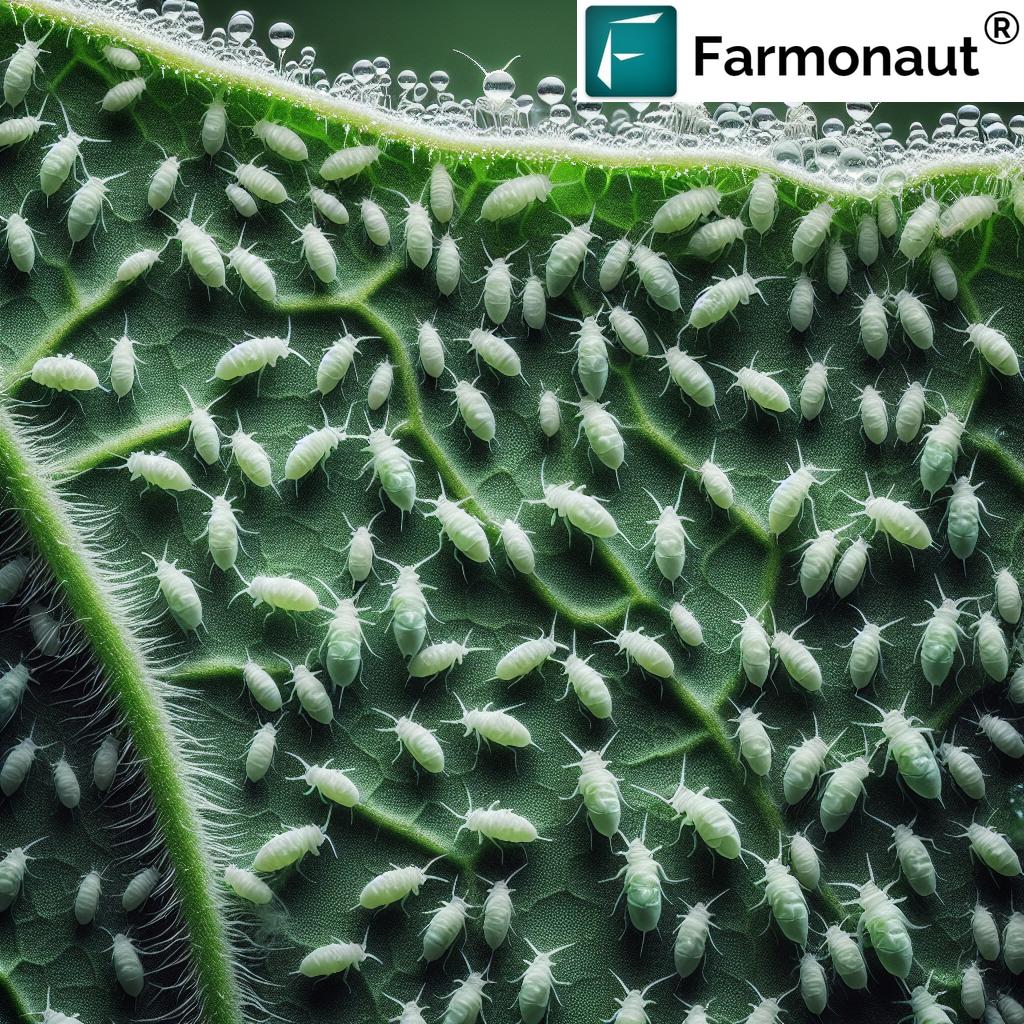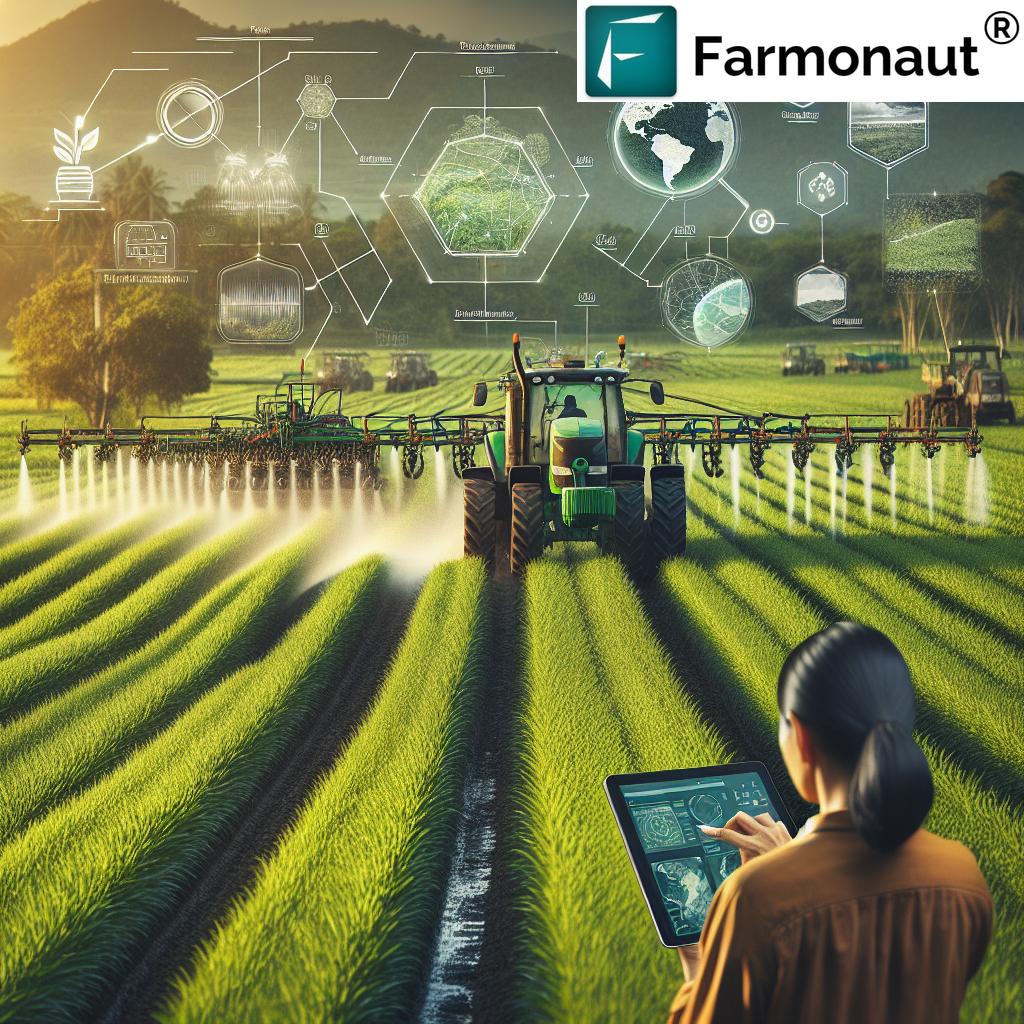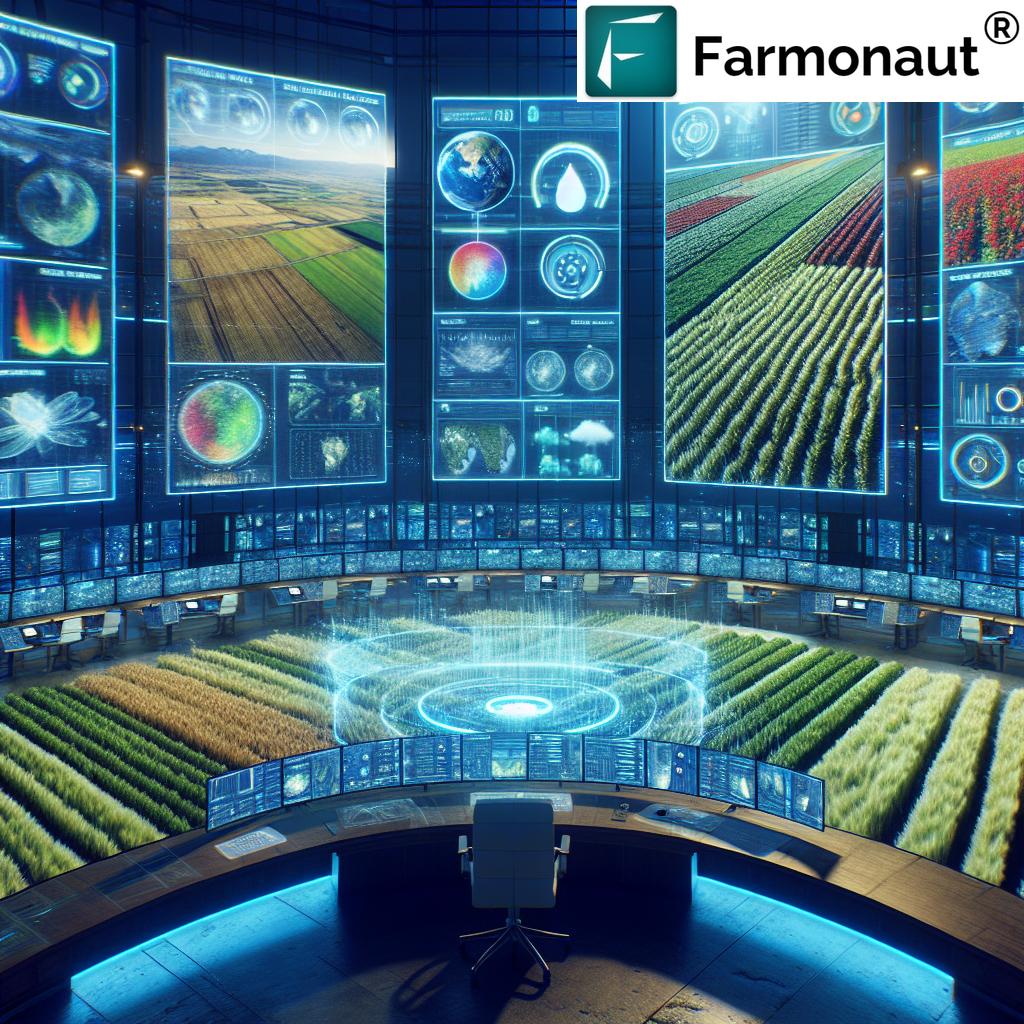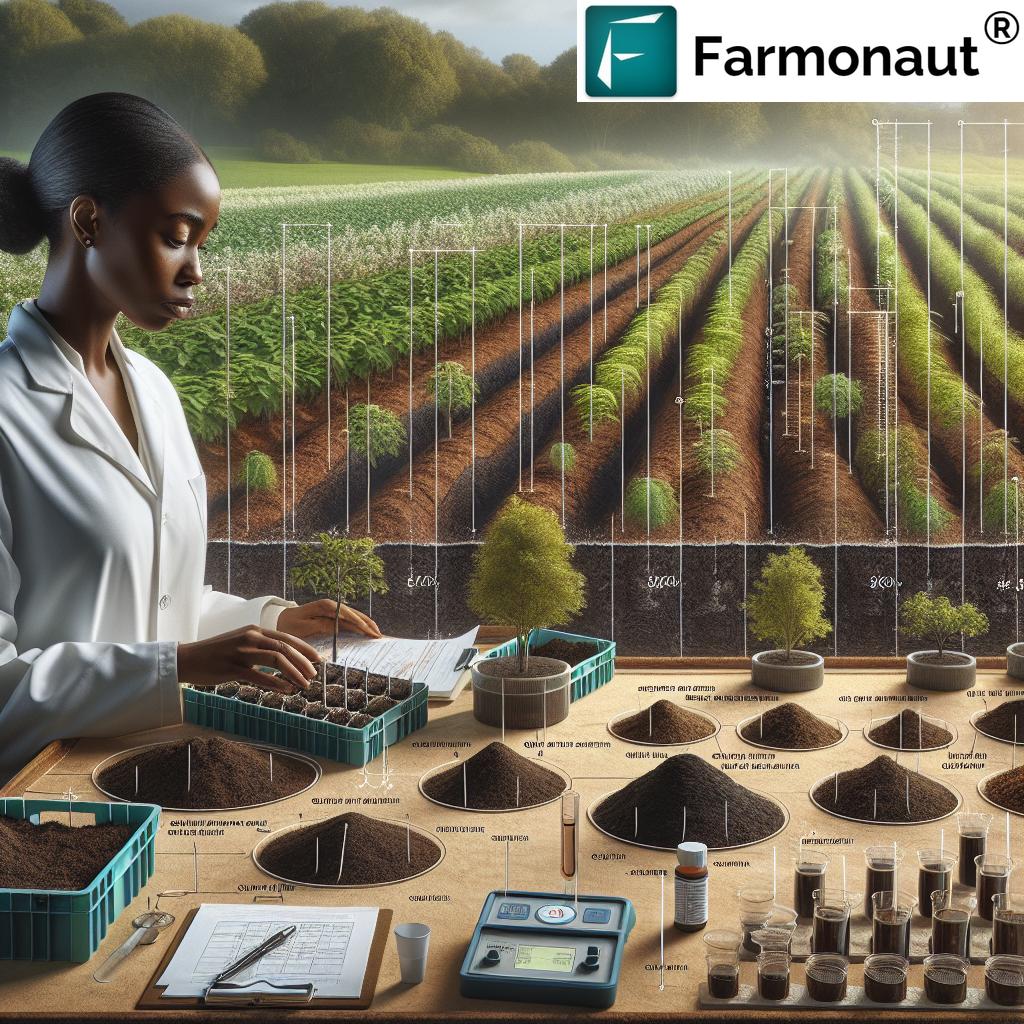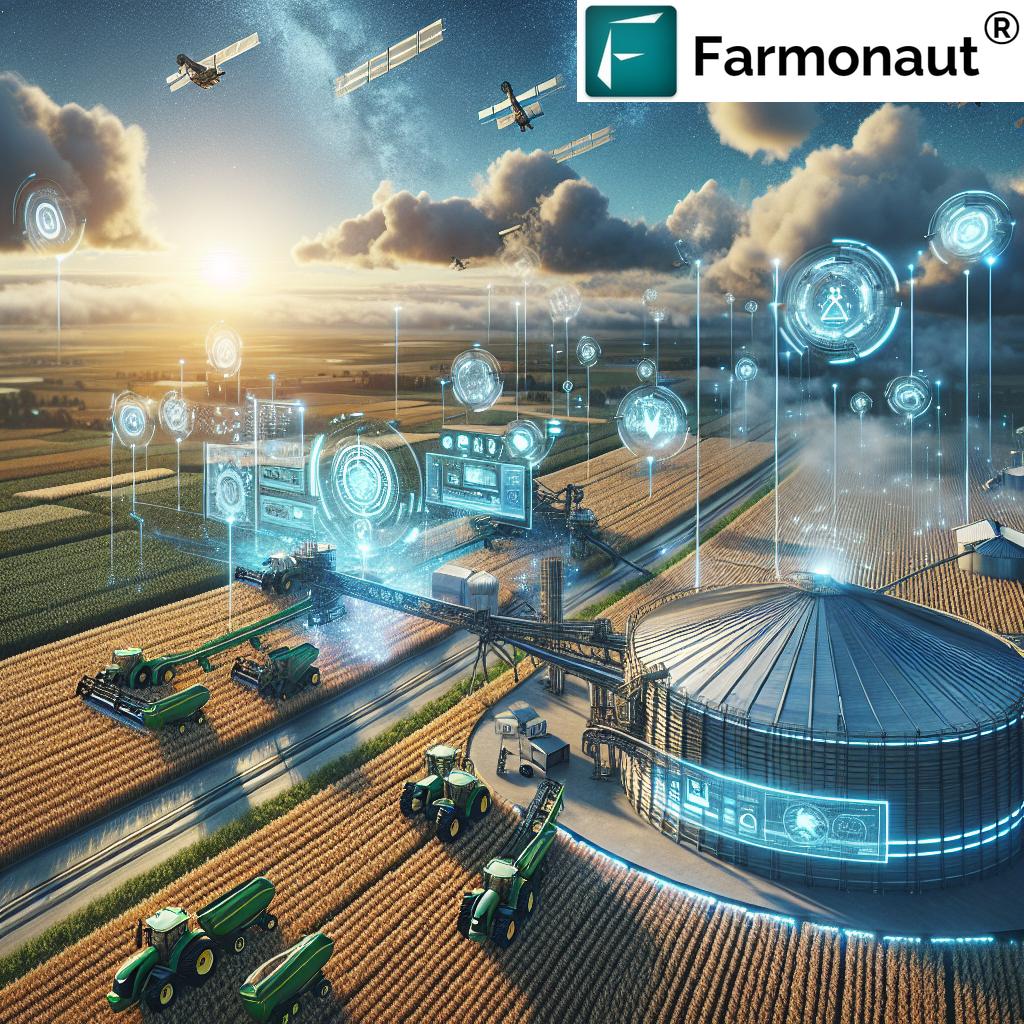Climate Smart Agriculture Technologies: 7 Yield Boosters
“AI-driven precision farming can increase crop yields by up to 30% while reducing fertilizer use by 20%.”
Introduction
Climate change is remapping the realities of agriculture, putting increasing pressure on farmers and the planet. Unpredictable weather patterns, erratic rainfall, extreme temperature swings, and rising greenhouse gas emissions threaten both our food systems and rural livelihoods. To meet these challenges, a new wave of innovation is transforming the agricultural sector. Climate-smart agriculture (CSA) is emerging as the cornerstone for a sustainable, more resilient, and productive future.
CSA encompasses a suite of advanced technologies, techniques, and practices designed to optimize resource use, enhance crop yields, and safeguard the environment while building resilience to climate change. By integrating emerging tech—like precision farming, smart irrigation systems, artificial intelligence, nanotechnology, gene editing, and integrated pest management—that amplify the power of data and science, farmers can now detect, adapt, and thrive like never before.
In this comprehensive guide, we explore the top 7 yield boosters in the realm of climate-smart agriculture technologies—highlighting how each one works, their quantifiable impact, and why their adoption will be essential for farming in the era of climate uncertainty. Whether you’re a smallholder, an agribusiness, policy planner, or simply passionate about sustainable farming practices, this article arms you with practical insights for building climate-resilient agricultural systems.
Why Climate-Smart Agriculture Matters
Climate-smart agriculture (CSA) isn’t just a buzzword—it is the future of food security in a changing climate. At heart, CSA aims to simultaneously:
- Increase crop yields and productivity for a growing population
- Reduce greenhouse gas emissions—including carbon dioxide, methane, and nitrous oxide
- Enhance resilience of farming systems to drought, floods, heatwaves, pests, and other climate-related stresses
- Create sustainable, efficient agriculture, ensuring food security and rural prosperity
Achieving all these goals requires a blend of innovative technologies, robust data analytics, targeted interventions, and integrated management across the whole farm-to-table journey. Let’s delve deeper into each pillar of the climate-smart revolution beginning with precision farming technologies.
“Climate-smart agriculture practices can cut greenhouse gas emissions from farming by as much as 40%.”
Precision Farming Technologies: Data-Driven Yield Optimization
Precision farming technologies redefine how farmers monitor, manage, and maximize productivity at every stage of the crop lifecycle. By leveraging drones equipped with high-resolution sensors, GPS-guided machinery, and satellite data, producers can optimize the use of inputs (like water, fertilizer, and pesticide), tailor interventions for specific areas, and drive up yields while reducing waste and environmental impacts.
Drones with sensors enable real-time monitoring of crop health, soil moisture, and disease pressure, detecting issues early so interventions can be applied precisely, improving outcomes while minimizing chemical use. Likewise, precision equipment like auto-steered tractors and GPS planters ensure accurate planting and harvesting, reducing overlap and resource waste.
- Site-Specific Management: Input rates are adjusted field-by-field or even meter-by-meter—meaning fertilizer, pesticide, and water go only where needed and in the exact required amount.
- Yield Mapping: Harvesters equipped with yield monitors and mapping systems reveal spatial productivity patterns for continuous improvement.
- Variable Rate Technology (VRT): Lets farmers change fertilizer, seed, or chemical application rates on the go, tailored to in-field conditions.
Through precision agriculture, we’re not just seeing higher yields; we’re witnessing more efficient, resilient, and sustainable farming systems.
Smart Irrigation Systems: Water—Only When and Where Needed
Water is agriculture’s lifeblood. Yet in the face of longer droughts and mounting water scarcity, every drop counts. Smart irrigation systems utilize sensor-based technology (such as soil moisture probes, weather integration, and remote control valves) to ensure water is applied only when and where needed—preventing overwatering and rapidly improving overall water-use efficiency.
- Sensors: Soil sensors accurately measure moisture levels, sending data straight to the farmer’s dashboard.
- Automated Scheduling: Advanced systems integrate weather forecasts and crop requirements to prevent overwatering and conserve water resources.
- Efficiency Gains: Research shows smart irrigation can reduce water use by 20-40% while improving crop health and yields.
This approach is both good for the bottom line and the planet, shifting us toward sustainable, climate-resilient agriculture.
With Farmonaut’s satellite-based crop health and soil moisture monitoring, farmers can receive regular, actionable data for optimal irrigation scheduling—without costly hardware installations. Our platform’s satellite analytics visualize moisture stress and recommend interventions, enabling more efficient water resource management.
- Discover more: See how Farmonaut’s Large Scale Farm Management app brings this to government agencies and big producers.
Data Analytics & Artificial Intelligence in Agriculture
Artificial intelligence (AI) and big data analytics are revolutionizing agricultural management. By analyzing huge volumes of data—from weather patterns, soil conditions, satellite imagery, and crop performance logs—advanced AI models can:
- Predict optimal planting and harvesting times based on weather forecasts, reducing the risk of crop failure
- Model pest and disease pressure, sending alerts and enabling timely interventions before outbreaks spread
- Optimize resource use (fertilizer, water, pesticide), increasing productivity while minimizing waste and environmental impact
AI-driven decision support systems lift both yields and climate resilience.
-
Build or integrate your own smart farm dashboards:
Farmonaut’s Satellite & Weather API
|
API Developer Docs
Controlled Environment Agriculture (CEA): Climate on Demand
Controlled Environment Agriculture (CEA) includes advanced greenhouses, indoor vertical farms, and plant factories. These tech-driven environments protect crops from external stresses, enabling year-round production and efficient resource use regardless of outside conditions.
- Climate Control: Temperature, humidity, light, and CO2 are regulated by automated systems for optimal crop growth.
- Water Savings: Hydroponic and aeroponic systems dramatically reduce water use compared to field cropping.
- Urban Farming: Produce is grown closer to consumers, slashing transportation emissions and improving freshness.
- Pest and Disease Management: Closed environments lower the need for chemical pesticides, further supporting sustainability.
CEA is a pillar of climate-resilient agriculture, especially in densely populated or climate-vulnerable regions.
Nanotechnology in Farming: Tiny Tools, Big Impact
Nanotechnology in agriculture is propelling breakthroughs in monitoring and enhancing soil and plant health at previously impossible scales. Nanosensors can detect soil contaminants, monitor nutrient levels, and assess plant health at a molecular level.
- Soil Monitoring: Graphene-based nanosensors measure nitrate and phosphate concentrations, enabling precise nutrient management.
- Plant Health Tracking: Zinc oxide sensors track nitrogen deficiency and alert farmers for timely supplementation.
- Smart Inputs: Nanocapsules deliver agrochemicals directly to roots or leaves, raising efficiency and reducing chemical waste.
Nanotechnology’s precision approaches help build healthy soils while minimizing input use and environmental impact.
Gene Editing Crops: Resilience by Design
Gene editing technologies (like CRISPR) allow scientists to precisely modify the DNA of crops—unlocking new, rapid avenues for developing plant varieties that are more drought-tolerant, heat-resistant, and pest-resistant. This leads to:
- Higher Yields in stressed environments (drought, heat, poor soil)
- Reduced reliance on chemical pesticides and fertilizers
- Faster development compared to conventional breeding: CRISPR crops are produced within a few years instead of decades
Gene editing is an innovative climate adaptation tool to secure food production in a warming world.
Integrated Pest Management (IPM): Boosting Biodiversity, Cutting Chemicals
Integrated pest management (IPM) combines biological, cultural, physical, and chemical tools to manage pests in an ecologically and economically sound manner. IPM’s layered approach includes:
- Beneficial insects (e.g., ladybugs, parasitoids) to control pest populations naturally
- Crop rotation and intercropping to disrupt pest life cycles
- Resistant plant varieties developed through traditional breeding or gene editing
- Digital tools: Real-time pest monitoring using sensors or satellite imagery, recommending targeted interventions
IPM minimizes reliance on pesticides, promotes ecosystem health, and sustains long-term productivity.
Explore Farmonaut’s Crop Plantation & Forest Advisory features to get satellite-driven pest and disease alerts, helping you time interventions for maximum effect and minimum environmental impact.
Climate-Resilient Crop Varieties: Insurance for Extreme Weather
Developing, selecting, and planting climate-resilient crop varieties is a core pillar of CSA. Scientists are breeding and engineering plants—using both traditional methods and biotechnology—to withstand drought, high heat, flooding, and pest outbreaks.
- Drought-tolerant maize and wheat secure harvests during erratic rainy seasons.
- Flood-resistant rice can survive submersion for weeks.
- Heat-resistant tomatoes and legumes maintain yields under rising temperatures.
Proven climate-resilient varieties are already helping safeguard food production in regions hardest hit by climate change.
Soil Carbon Sequestration: Turning Farms into Carbon Sinks
Soil carbon sequestration is the process of increasing the amount of organic carbon stored in soils through sustainable practices like cover cropping, reduced tillage, and agroforestry.
- No-till and low-till farming reduce soil disturbance and help carbon build up, enhancing soil health and water retention.
- Cover crops and agroforestry keep roots in the ground year-round, capturing more carbon and reducing erosion.
- Technology integration: AI, machine learning, and satellite monitoring now verify soil carbon changes, ensuring credits are real and incentivizing carbon farming.
Want to track and reduce your farm’s emissions? Explore our Carbon Footprinting tool – providing satellite-based, real-time emissions monitoring to support sustainable certification and regulatory compliance.
Climate-Smart Livestock Management
Livestock farming is a major contributor to agricultural greenhouse gas emissions. Climate-smart management involves a suite of practices and advanced tools:
- Improving feed efficiency to reduce methane emissions per unit of meat or milk produced
- Manure management to prevent methane release and convert waste into renewable energy
- Rotational grazing and pasture management to boost carbon sequestration in soils
- Animal wearable sensors for health and behavior monitoring, raising animal welfare and productivity
Livestock systems integrated with digital monitoring help farms cut emissions and build resilience against climate shocks.
Comparative Benefits: Climate-Smart Agriculture Technologies
| Technology Name | Main Function | Estimated Crop Yield Increase (%) | Estimated Emissions Reduction (%) | Cost Range (USD/ha) | Climate Resilience Benefit |
|---|---|---|---|---|---|
| Precision Farming Technologies | Optimized resource application using satellite, sensors, GPS mapping | 10–30% | 15–25% | $10–$100 | Enhances adaptability, resource efficiency, reduces crop loss risk |
| Smart Irrigation Systems | Automated, sensor-driven irrigation based on soil & weather data | 7–20% | 20–40% | $20–$150 | Water security, drought resistance |
| AI & Data Analytics | Predictive modeling for yields, pest, and input management | 15–30% | 10–20% | $5–$40 | Real-time adaptation to climate stressors |
| Controlled Environment Agriculture (CEA) | Greenhouse/indoor farming, full climate control | 20–100% | 30–50% | $80–$1200 | Insulates production from external weather extremes |
| Nanotechnology in Agriculture | Nanosensors for soil, plant health; smart delivery of inputs | 8–18% | 15–30% | $25–$230 | Improved stress monitoring, targeted input saves resources |
| Gene Editing Crops | Biotechnologically enhanced, climate-resilient varieties | 10–30% (varies) | 16–30% | $5–$50 (royalties/seeds) | Built-in resistance to climate change extremes |
| Integrated Pest Management (IPM) | Ecological pest management using digital, biological, & physical tools | 5–20% | 18–25% | $8–$60 | Reduces environmental disruption and builds resilience |
| Soil Carbon Sequestration | No-till, cover crops, agroforestry, carbon tracking | 5–15% | 25–60% | $2–$25 | Soil health and climate mitigation |
Supportive Policies and Financial Support
Successful adoption of climate-smart agriculture technologies depends not only on awareness and availability but also on robust policy frameworks and financial incentives. Key enablers include:
- Research funding: Accelerates innovation and refinement of climate-smart solutions
- Subsidies/grants: Encourage adoption of resource-efficient technologies among farmers
- Regulations: Promote sustainable practices (such as carbon markets, emission caps, and IPM certification)
- Public-private partnerships: Scale up technology deployment and build capacity
- Insurance and credit: Risk management tools (including satellite-based crop insurance verification)
Policymakers, international organizations, and agri-financiers play pivotal roles in removing barriers, de-risking investment, and ensuring equitable access to sustainable farming practices.
-
Read more about:
Farmonaut’s Crop Loan and Insurance Solutions
– using satellite data for transparent, real-time farm verification and insurance claims processing.
Farmonaut’s Role in Climate-Smart Agriculture
At Farmonaut, our mission is to democratize precision agriculture by integrating affordable technology and data-driven insights into traditional farming. We empower farmers and agribusinesses to thrive in a changing climate by offering:
- Satellite-Based Crop Health Monitoring: Real-time insights on vegetation health, soil moisture levels, and crop conditions. Our Blockchain Product Traceability technology boosts supply chain transparency and sustainability.
- AI-Powered Jeevn Advisory: AI-based recommendations, weather forecasts, and expert advice help farmers optimize productivity, reduce risk, and minimize resource use.
-
Resource & Fleet Management: Tools to track farm machinery and logistics for enhanced efficiency and reduced emissions.
Explore Fleet Management - Carbon Footprint Tracking: Measure, monitor, and reduce the climate impact of your operation with our Satellite Carbon Footprinting Suite.
-
API Access & Developer Integration:
Our API and developer documentation make it easy to embed precision agriculture capabilities in any digital farm management system.
Our flexible, subscription-based pricing ensures accessibility for individual farmers, cooperatives, agribusinesses, governments, and researchers. Farmonaut brings the power of remote sensing, AI, and blockchain to your fingertips—for a sustainable, climate-resilient future.
Frequently Asked Questions: Climate Smart Agriculture Technologies
What is climate-smart agriculture (CSA)?
Climate-smart agriculture is a holistic approach to farming that efficiently increases productivity, enhances resilience to climate change, and reduces greenhouse gas emissions. This includes adopting innovative technologies, data analytics, and sustainable farm management practices.
How do precision farming technologies improve crop yields?
By utilizing data from drones, sensors, and satellite imagery, precision farming enables farmers to detect and address issues early, optimize input application, and fine-tune every stage of the crop growing and harvesting process—resulting in higher yields and reduced waste.
Why are smart irrigation systems essential for sustainable farming?
Smart irrigation uses sensor-based technology and automated scheduling that considers soil moisture, weather forecasts, and crop requirements so that only the necessary amount of water is used, conserving resources and promoting healthier crop growth.
Can AI and data analytics really impact farm productivity?
Yes. AI-driven models analyze vast datasets (including weather, soil, and crop data) to recommend optimal planting/harvesting times, predict risks, and optimize resource use. This helps reduce the risk of crop failure and enhances overall farm productivity.
How does Farmonaut differ from other agritech platforms?
We combine affordable satellite imagery, AI-based advisories, blockchain traceability, and real-time resource management in one easy-to-use platform. Unlike traditional solutions, there’s no need for expensive in-field sensors—our system brings precision agriculture to everyone.
What financial support options are available for adopting CSA technologies?
Government and international agencies often provide subsidies, grants, and preferential financing to encourage uptake of sustainable agricultural technologies. In addition, some platforms (including Farmonaut) support insurance and loan verification to de-risk your investment.
Conclusion
Climate-smart agriculture is the future of farming. By integrating precision farming technologies, smart irrigation systems, artificial intelligence, controlled environment agriculture, nanotechnology, gene editing, and integrated pest management, we are not just optimizing yields; we’re building a more sustainable, resilient, and secure agricultural system—ready to meet the challenges of climate change.
The road ahead requires innovation, data-driven tools, supportive policies, and access for farms of all sizes. Farmonaut’s Large Scale Farm Management App, Carbon Footprinting Suite, and Fleet Management Platform are part of a digital revolution making climate-resilient agriculture possible for everyone.
Now is the time to embrace climate-smart agriculture technologies—optimizing yields, reducing emissions, and creating a thriving future for sustainable farming worldwide.










